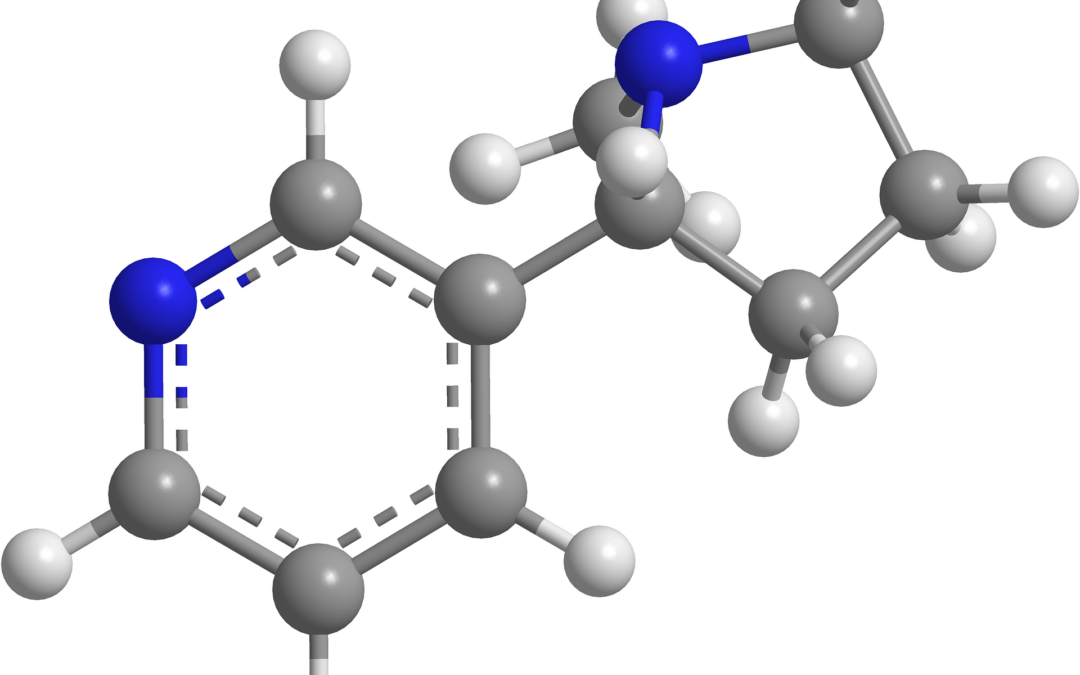The most abundant neurotransmitter in the brain is glutamate, which plays a vital role in memory and learning. It is important that the right amount of glutamate is present in the right place at the right time to allow the brain to function properly. Unfortunately, excessive amounts of glutamate can lead to various diseases such as Alzheimer’s disease and Parkinson’s disease.
The anion of glutamic acid, which is also known as glutamate, is a chemical that nerve cells utilize to send signals to other cells in the brain. It is regarded as the most abundant neurotransmitter in the animal kingdom. It is involved in every major excitatory function of the brain and accounts for over 90% of the connections between different parts of the brain. It is additionally the primary neurotransmitter for certain regions, such as the cerebellum granule cells.
The chemical receptors that are responsible for the excitatory effects of glutamate are categorized into three major classes. These are known as the AMPA, the metabotropic glutamate, and the non-specific NMDA receptor. The fourth class, which is called kainate receptors, is less abundant and is similar to the AMPA receptor. Intrinsically, the AMPA receptor is responsible for the fast excitation of neurons.
Although both of these ionotropic classes are capable of acting as mediators between two different messenger systems, the mematatotropic AMPA and the non-mematatotropic NMDA receptors are particularly important for memory and learning. The mematatotropic receptors work through a second messenger system to maintain their effects.
How does glutamate work?
Like glutamate, neurotransmitters are produced by nerve cells. They are stored in thin-wall structures known as synaptic vesicles, which are located at the end of each cell. These structures can house thousands of neurotransmitters.
When a signal or message is sent by nerve cells, the electrical charge that causes it to travel along a nerve cell triggers the release of neurotransmitters, such as glutamate. These chemicals are then transported to a fluid-filled region between nerve cells known as a synapse. When glutamate binds to a specific receptor on the next nerve cell, it triggers a change or activity, which then continues the communication between the two.
When a message is sent by nerve cells, the electrical charge that causes it to travel along a nerve cell triggers the release of neurotransmitters, such as glutamate. These chemicals are then transported to a fluid-filled region between nerve cells known as a synapse. When glutamate binds to a specific receptor on the next nerve cell, it triggers a change or activity, which then continues the communication between the two.
GLUMET can bind to four receptors, which makes it a major player in the excitatory activities of the human brain. This makes it capable of stimulating and communicating with different nerve cells. In addition, it plays a role in over 90% of the brain’s excitatory functions.
The brain uses various nerve cells to form specialized networks and circuits. These are designed to perform smaller tasks, such as memory retrieval, or carry out more complex activities, such as movement and sight. One of the most common neurotransmitters that is used in these networks is glutamate.
When it comes to the development of a communication channel between nerve cells, the amount of glutamate that’s released at the right time can affect how effectively this process is carried out. Too much of this chemical can lead to poor communication between nerve cells.
What happens if you have high glutamate?
High levels of glutamate can also cause nerve cells to die. This type of toxic effect is known as excitotoxicity, and it can cause long-term damage.
What does glutamate do to the brain?
In addition to its role in the development of various brain functions, such as memory and synaptic plasticity, glutamate also plays a significant role in controlling movement.
What increases glutamate in the brain?
Unfortunately, chronic stress can also lead to the development of a faulty glutamate system. In the hippocampus, it can cause the release of more glutamate and the loss of LTP.
Where is glutamate found?
The major excitatory chemical in the nervous system is glutamate. It is linked to various neurotransmitter pathways and can be found throughout the spinal cord and brain.
Is glutamate good for anxiety?
Multiple studies conducted on human subjects revealed that treatment with a combination of drugs known as glutamatergic substances can help treat various anxiety disorders.
Does coffee increase glutamate?
The effects of caffeine on the release of glutamate and dopamine can be seen in the nucleus accumbens. During wakefulness, the levels of glutamate are increased, while they are reduced during sleep.
What triggers glutamate?
When a presynaptic neuron is activated, the release of glutamate is triggered. It then binds to postsynaptic receptors such as NMDA and AMPA.
Does sugar raise glutamate?
High glucose levels are known to increase the release of glutamate in the cerebral synaptosomes.


Your posts in this blog really shine! Glad to gain some new insights, which I happen to also cover on my page.